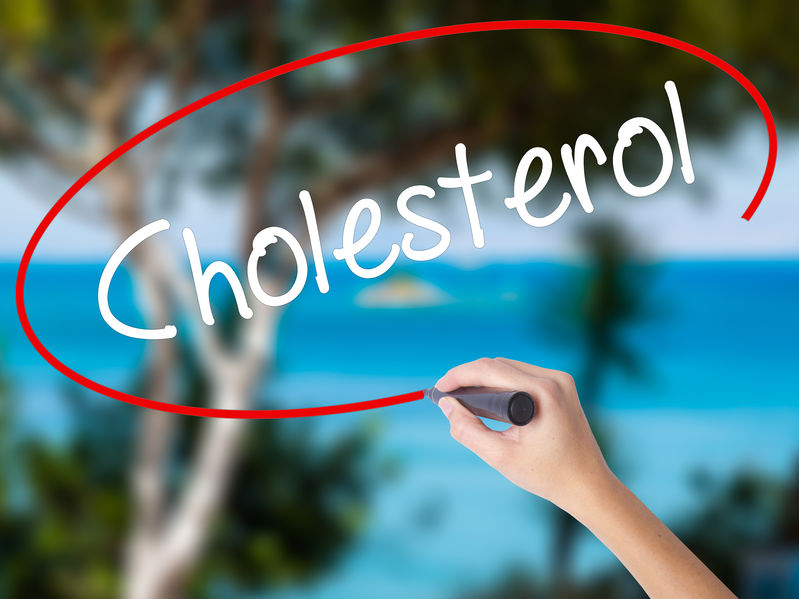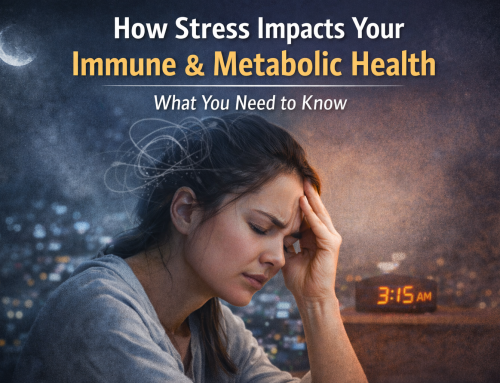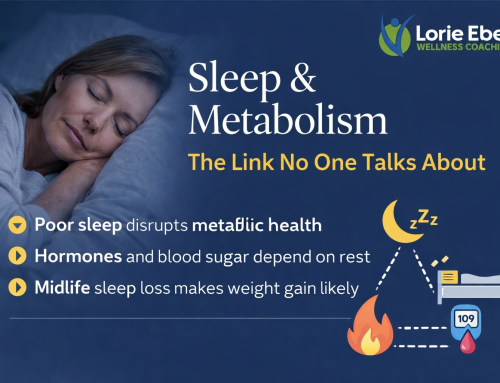Wondering how to lower cholesterol? You might be surprised to learn that cutting out eggs and shellfish is not the answer.
An estimated 25 million Americans are living with high cholesterol—making it one of the most common chronic conditions in the U.S.
At the same time, two-thirds of us eat too much saturated fat (experts recommend a max of 10% of daily calories). Spoiler: These stats are not a coincidence.
“There are genetic factors that can cause high cholesterol, but what has been understood more and more is that high saturated fat intake in general is correlated with elevated cholesterol and triglyceride levels,” says Stephen Juraschek, MD, PhD, a clinician investigator at Beth Israel Deaconess Medical Center in Boston, MA.
There’s also good evidence that lifestyle factors, like dietary changes, can help lower those levels for many people, he adds. So let’s take a look at what the research says about the link between cholesterol and saturated fat, and the eating tweaks that may help bring your numbers down.
What is Cholesterol?
Cholesterol might sound like a bad thing, but this fatty substance actually plays an important role in your body. In addition to supporting digestion, cholesterol aids in the production of vitamin D and sex hormones.
Your liver naturally produces around 80% of your body’s cholesterol. Of course, you can also get cholesterol from food.
But research has shown that dietary cholesterol isn’t the same as blood cholesterol—meaning that foods high in this substance don’t directly boost your blood cholesterol levels, says nutritionist Bonnie Taub-Dix, MA, RDN, CDN.
Cholesterol may sound like one substance, but there are two main types of cholesterol:
LDL (low-density lipoprotein) is what’s known as “bad” cholesterol. It has a waxy consistency that can stick to the walls of your arteries. Over time, if you have too much LDL circulating in your blood, it can clog your arteries and up your risk for heart disease, stroke and other diseases, says Juraschek.
HDL (high-density lipoprotein) is the “good” type of cholesterol. That’s because it helps eliminate excess cholesterol from your bloodstream—specifically, it ferries it to your liver, which breaks it down and gets rid of it.
If you have been diagnosed with high cholesterol, it typically means that your LDL levels are too high and your HDL levels are low. A cholesterol test will also screen for a type of fat called triglycerides.
While triglycerides are not a type of cholesterol, high levels may also adversely impact your arteries and raise your risk for a host of conditions, including heart disease and type 2 diabetes. You get them from the foods you eat—especially when you consume more calories than your body needs.
How to Lower Cholesterol
We’ve (more than) hinted at it already, but the biggest thing to avoid if you have high cholesterol is eating too much saturated fat.
The American Heart Association recommends limiting your saturated fat intake to no more than 6% of your total daily calories. That means if you need around 2,000 calories a day, no more than 120 of them should come from saturated fat.
Some top sources of saturated fat include red meat, cheese, butter, baked goods and fried foods.
Does that mean you need to completely skip the quesadillas and steak frites if you have high cholesterol? No. But as with most things in life, it’s about moderation—focusing on making healthy food choices and enjoying those high-sat-fat foods sparingly.
Jurasheck notes that diet might not be as effective if you’re genetically prone to high cholesterol. (And that’s hard to know unless you have a genetic test.) And in all cases, cholesterol-lowering medication may be recommended in addition to lifestyle changes. However, for many, diet is a great place to start or can complement your current therapy.
What specific moves can you make to lower your cholesterol? Here are three key ones:
How to Eat for Better Cholesterol
1. Add more healthy fats
“Swapping some of the saturated fat in your diet with healthy fats—like those from avocados, almonds, and fish like salmon that contain omega-3-fatty acids—can have a positive impact on your cholesterol levels,” says Taub-Dix.
For example, research has found that eating less saturated fat may decrease the risk of cardiovascular events by 17%.
What’s more, replacing saturated fat with polyunsaturated fat (like the kind found in nuts, seeds and fish) has been linked to a 21% lower risk of cardiovascular events.
The low-saturated fat Mediterranean diet has also been shown to reduce LDL cholesterol and bump up HDL levels—a big reason for its heart health benefits.
This style of eating, which emphasizes healthy fats like olive oil, as well as fruits, vegetables, nuts and seeds, whole grains and fish, is linked to a 30% lower incidence of heart attacks, strokes and deaths due to cardiovascular disease compared with those eating a low-fat diet.
“I like to think about this as the things that people can add to their diet versus the things they should ditch,” says Taub-Dix. “But by increasing your intake of healthy fats, it will naturally crowd out some of the ones that aren’t so good.”
2. Load up on fiber—
Specifically, foods rich in soluble fiber, like apples, broccoli, beans, chickpeas and lentils. This specific type of fiber latches onto excess cholesterol in the gut and then eliminates it from your body when you poop. The result, in many cases: Lower cholesterol. In fact, research shows that fiber can help decrease your risk of cardiovascular disease.
Taub-Dix adds that for those with a genetic predisposition for high cholesterol, getting enough soluble fiber could be particularly beneficial when it comes to dietary changes. (Aiming for 25 to 30 grams of total fiber each day should deliver the amount of soluble fiber needed.) Bonus: Because fiber boosts satiety, it can help with weight control—and that may also keep cholesterol levels down.
3. Eat more fruits and veggies
“A plant-based diet has been shown to help reduce cholesterol levels,” says Taub-Dix. That doesn’t mean you need to become a vegetarian or vegan. The point is to fill half of your plate with fruits and veggies, a quarter with whole grains (there’s that fiber) and the other quarter with lean protein—whether that means a piece of fish, chicken breast or tofu, or a half-cup of beans or legumes.
Click here to read more about how to lower cholesterol.






